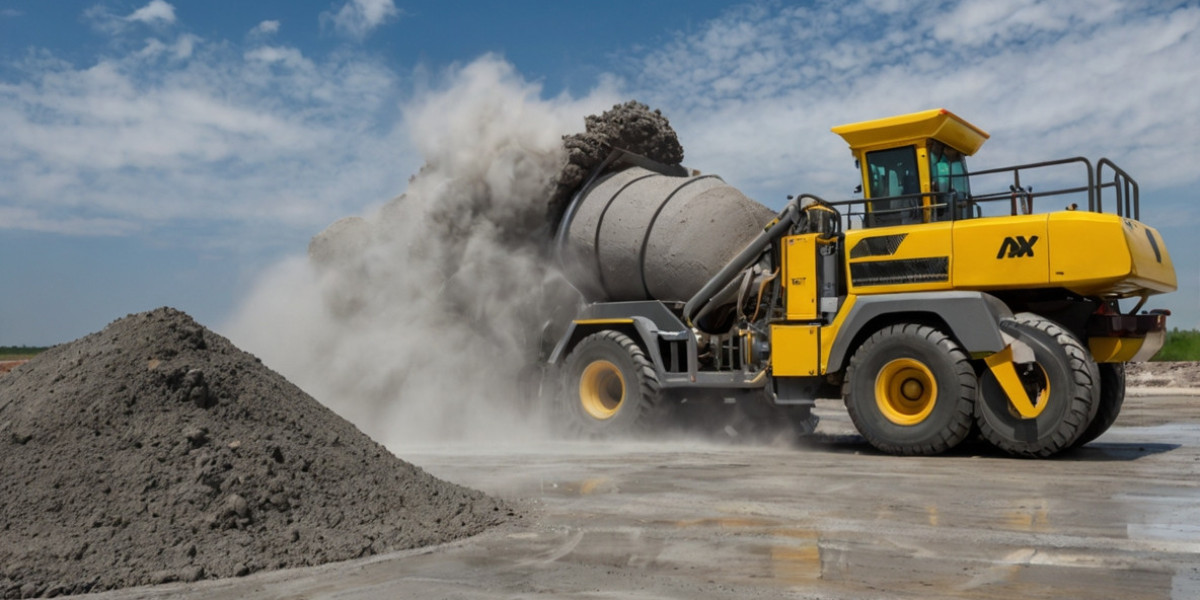The fly ash market is poised for substantial growth by 2025, driven by increasing demand for sustainable building materials, the growing construction industry, and environmental regulations. Fly ash, a byproduct of coal combustion, has long been seen as waste, but its potential for reuse is now widely recognized. As global industries look for ways to reduce their carbon footprint and embrace more sustainable practices, fly ash has become an essential resource across several sectors, including construction, agriculture, and waste management. This article provides a forecast for the Fly ash market in 2025, examining key trends, drivers, and challenges.
What is Fly Ash?
Fly ash is a fine, powdery material that is captured in air pollution control systems at coal-fired power plants. It is produced when coal is burned to generate electricity. Traditionally discarded as waste, fly ash is now being used in various applications, particularly in the construction industry. When mixed with cement and concrete, fly ash improves the material's strength, durability, and resistance to environmental factors. It also offers environmental benefits by reducing waste and replacing natural raw materials, making it an increasingly popular choice for sustainable construction.
Market Size and Growth Forecast
The global fly ash market is projected to reach over USD 9 billion by 2025, expanding at a compound annual growth rate (CAGR) of around 6-8% from 2020 to 2025. This growth is fueled by rising demand in the construction sector, particularly in emerging economies like India and China, where infrastructure development is booming. The construction industry is expected to remain the largest consumer of fly ash, as the material is widely used in concrete production, road construction, and building materials.
Key Market Drivers
- Sustainability and Eco-Friendly Construction: As global awareness of climate change and environmental sustainability grows, there is an increasing push toward eco-friendly construction practices. Fly ash plays a critical role in reducing the carbon footprint of construction projects. By replacing a portion of cement with fly ash, the environmental impact of concrete production is significantly reduced. Fly ash also helps conserve natural resources by repurposing a waste byproduct. This sustainable use of fly ash is driving its adoption in the construction industry, where the demand for green building materials is surging.
- Growing Construction Sector: The demand for fly ash is closely tied to the growth of the construction industry, which is expanding rapidly in both developed and developing regions. As cities and infrastructure projects grow, there is an increasing need for durable, high-strength building materials. Fly ash-enhanced concrete offers better performance and durability, making it an attractive option for large-scale construction projects, highways, and bridges. In regions like Asia Pacific, where urbanization is accelerating, fly ash demand is expected to grow significantly.
- Government Policies and Regulations: Governments around the world are implementing policies to promote sustainability and waste recycling. These regulations encourage industries to use fly ash as an alternative to traditional construction materials. Financial incentives, such as tax credits and subsidies for using environmentally friendly materials, further boost fly ash adoption. For example, in the United States, the Environmental Protection Agency (EPA) has issued guidelines to encourage the use of fly ash in concrete production, enhancing market growth.
- Technological Advancements: Advances in fly ash processing technologies have improved the quality and consistency of the material, making it more suitable for a variety of applications. Innovations in beneficiation and treatment techniques ensure that fly ash meets the required standards for construction materials. This enhanced processing makes fly ash an increasingly viable option for industries seeking to improve the strength and durability of their products while reducing environmental impact.
Challenges Facing the Fly Ash Market
Despite its growth potential, the fly ash market faces several challenges. One major issue is the decreasing availability of high-quality fly ash as coal-fired power plants are phased out in favor of cleaner energy sources. The shift to renewable energy, such as wind and solar power, reduces the supply of fly ash, which could lead to price volatility and supply shortages in the coming years. Additionally, inconsistent quality and contamination issues with fly ash need to be addressed, as these can impact its effectiveness in construction applications.
Regional Outlook
The Asia Pacific region is expected to dominate the fly ash market by 2025, owing to rapid infrastructure development and urbanization in countries like China, India, and Indonesia. As these countries continue to build their infrastructure, the demand for fly ash is projected to grow substantially. North America and Europe will also remain important markets, driven by ongoing government initiatives to promote sustainable construction and reduce carbon emissions.

